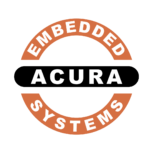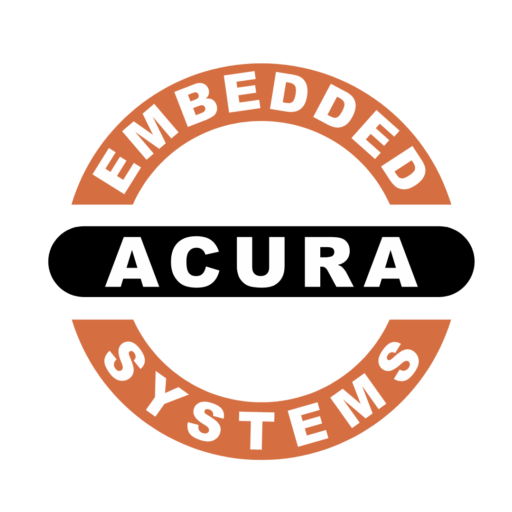Rugged Panel computer for Oil Gas field
The idea of harvesting oil from the earth is definitely nothing new. It’s simple. Drill a hole in the appropriate spot in the ground, and outcomes oil, oil that can be used to provide fuel for cars, plastics for medical supplies, and a vast amount of other products that make modern life what it is. The modern idea of fracturing really hasn’t changed very much. With the advent of technology and the need for more and more data, the industry has seen a surge of computers and sensors into the oilfield. Operating companies that perform the services need to provide the customer with data about the job. This data not only ensures that the job was done properly but also gives valuable information on which decisions can be made in the future.
- Challenges
One of the biggest challenges with putting a computer or similar device in the field is the environment. Since a well site can be anywhere in the world, the environment can, and often does change drastically. Heat, cold, dust, rain/snow, electromagnetic interference, and even people will beat most computers into submission, or failure within a month or so. Too much dust in a computer destroys its ability to cool itself. Even more in some hazardous area, where is concentrated of flammable gases, vapors, or dust, computers without ATEX certified is forbidden to be equipped.
There are almost as many solutions to these problems as there are companies who try to solve them. Since the job of the computer is to collect, interpret, and protect the data, the ability of the computer to operate in harsh environments is key. Non-rugged computers such as desktops and laptops do not have measures inherent to their designs to protect the electronics, and thus the failure rates of these computers in the field are typically very high. The only way to ensure that a computer will be able to excel in harsh environments for mission-critical applications is to ruggedize it.

- New Solution
The newest type of computer being deployed to the oil field is the small form factor or rugged embedded computer. Traditionally, an embedded computer is a small, low power, a dedicated computer that is assembled into a larger assembly, or system. In past years, the technology of the embedded computer world has been out of reach for the oilfield because of the high cost and low performance associated with such systems. With some of the latest board and component advancements, these tools are now within reach. By using embedded boards capable of operating to ranges much broader than traditional boards, new cooling concepts can now be embraced. By using heat pipes and other technologies, fans are no longer needed in a system. The computer can now be completely convection cooled. That solves the last and most difficult problem to solve in the field. How does one keep dust from getting in, and ruining my computer? All other types of computers use fans to pull in and eject air, which brings with it, dust. With no fans, the embedded computer can now be sealed from the outside world. With no moving parts, lighter components, sealed enclosures, extended operating temperature ranges, and lower costs, the rugged embedded computer is becoming the ideal solution for computers in the oil field.

